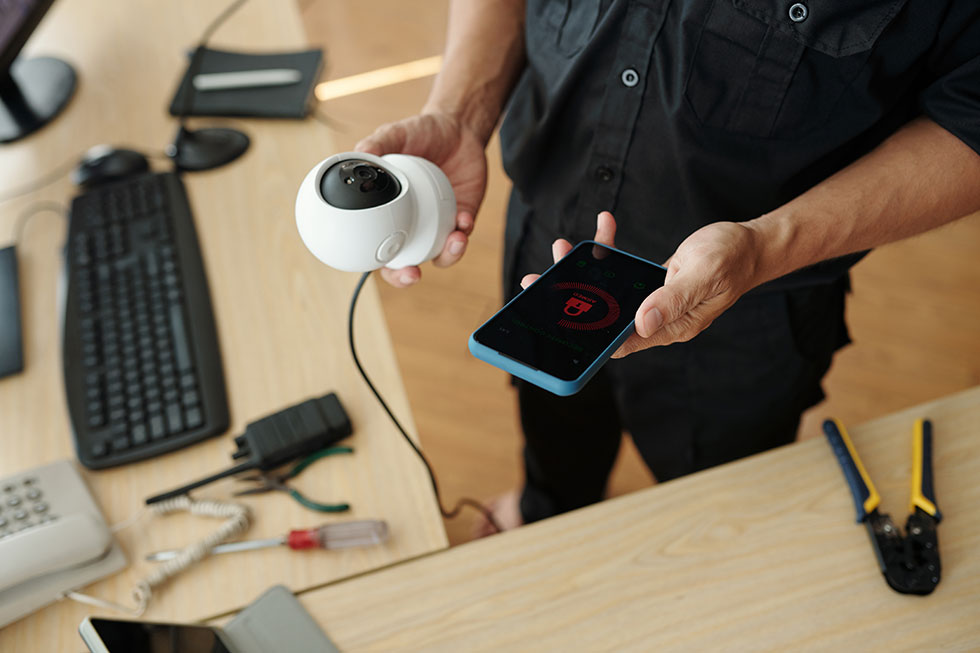
28 May 2024 - The ever expanding Internet of Things (IoT) ecosystem is changing how we interact with technology in our daily lives. From smart security systems and televisions to intelligent refrigerators and lighting systems, IoT devices are becoming integral components of modern smart homes. At the centre of this is our smartphones, which is where we find ourselves managing all these connected devices easily and conveniently. However, although convenient, it also brings with it some potentially serious security implications. Mobile devices, while powerful, are often targeted by cybercriminals due to their extensive use and the sensitive information they hold.
With the right precautions and security software, you can continue to safely enjoy connected living with peace of mind. Here are some ways to achieve that:
Understanding IoT and Smartphone Integration
IoT refers to the network of physical objects—devices, vehicles, appliances, and more—embedded with sensors, software, and other technologies to connect and exchange data with other devices and systems over the Internet. In a smart home, users typically use their smartphones to control various devices. Through dedicated apps, users can set alarms, monitor security cameras, manage lighting, and control their television and router. This integration of smart technology is convenient and efficient but also requires a few necessary safety precautions, including robust mobile security measures to safeguard against potential vulnerabilities and cyber threats.
Tips for Securing Your Connected Devices
Take security precautions to protect your phone and everything connected to it. Consider the following tips:
- Use Strong, Unique Passwords: Ensure that each IoT device has a strong, unique password. Try not to use default passwords and use a password manager to keep track of them. TIP: Avoid the frustration of remembering too many passwords with the ESET Password Manager feature which allows you to safely store and share your passwords across all devices.
- Enable Two-Factor Authentication (2FA): Whenever possible, enable 2FA on your devices and accounts. This adds an additional layer of security by requiring a second form of verification.
- Regularly Update Software: Keep your smartphone and IoT devices updated with the latest firmware and security patches. Security updates often address vulnerabilities that could be exploited by hackers.
- Implement Firewalls and VPNs: Use firewalls to block unauthorised access to your network. A VPN can provide an added layer of encryption, securing data transmission between your smartphone and IoT devices. TIP: ESET Home Security Ultimate unlimited VPN prevents unwanted tracking and keeps you secure with an anonymous IP address. Unlimited bandwidth means safe and unlimited access to online content.
- Monitor Network Activity: Regularly check the devices connected to your network. This can help detect any unauthorised devices or suspicious activities early on.
- Secure Your Router: Change your router’s default settings, use a strong password, and make sure it supports WPA3 encryption. This is crucial for maintaining robust wireless security.
ESET Home Security offers all-in-one protection for your digital life. With a variety of plans and features to suit your needs and budget, you can enjoy safety and security knowing that ESET has your back.
By following these best practices for securing smart homes, you can significantly reduce the cybersecurity risks associated with IoT devices. Protecting your smart home devices and enhancing network security is essential to prevent unauthorised access and avoid potential hacking attempts. As technology evolves, staying informed about IoT device security solutions and implementing effective mobile security measures will help you maintain a safe and secure smart home environment.